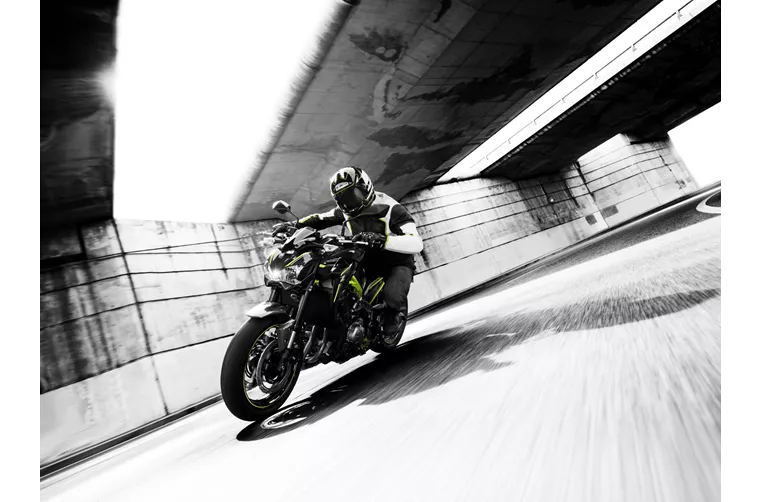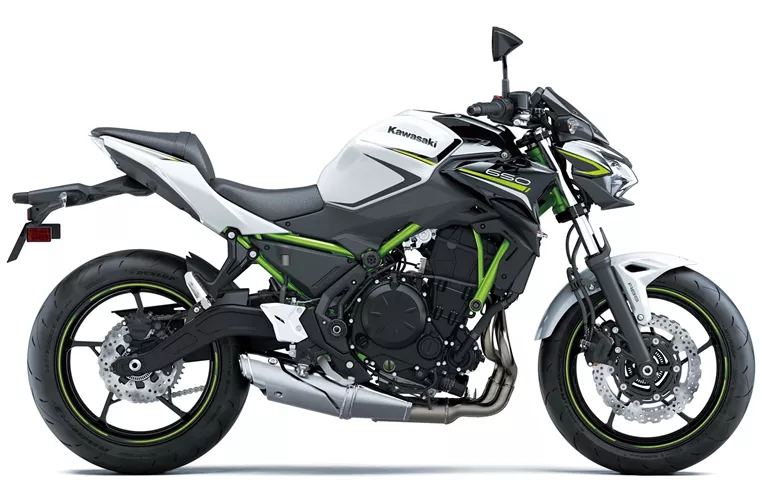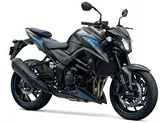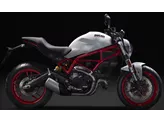Kawasaki Z900 2018 vs. Kawasaki Z650 2020

Kawasaki Z900 2018
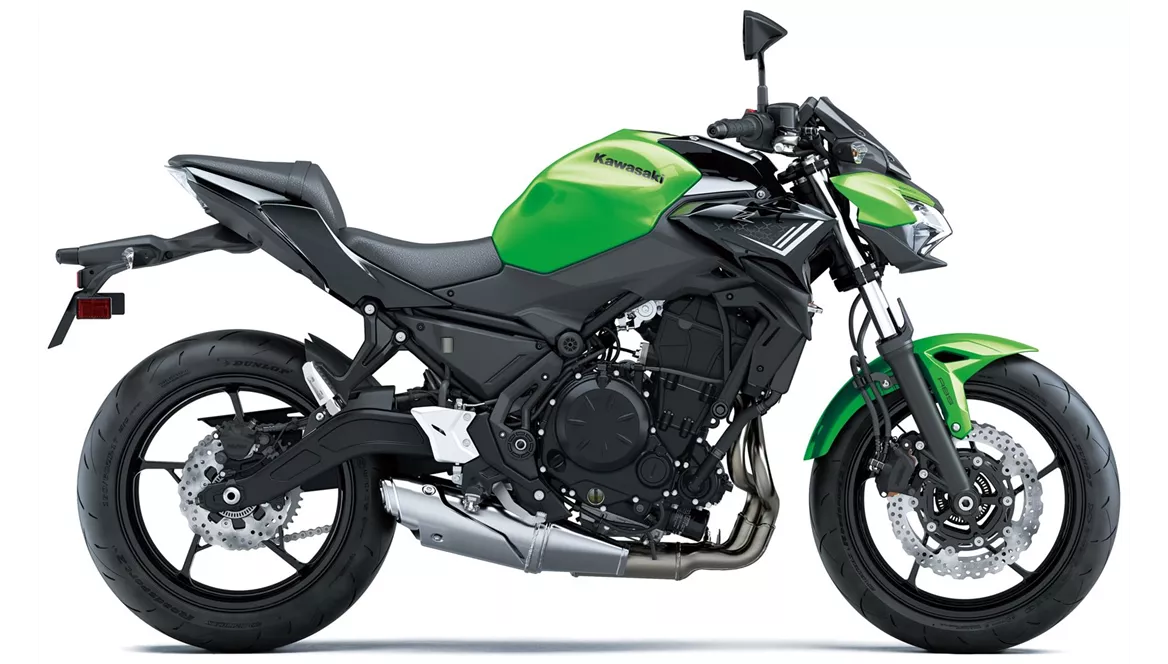
Kawasaki Z650 2020
Overview - Kawasaki Z900 2018 vs Kawasaki Z650 2020
The Kawasaki Z900 2018 and the Kawasaki Z650 2020 are both naked bikes from Kawasaki, but they have some notable differences in terms of specifications and features.
Starting with the engine and drivetrain, the Kawasaki Z900 2018 is equipped with an inline-four engine that delivers a powerful 125.4 HP and 98.6 Nm of torque. On the other hand, the Kawasaki Z650 2020 features a two-cylinder inline engine with a slightly lower power output of 68.2 HP and 65.7 Nm of torque. While the Z900 offers more power, the Z650 has a more aggressive intake noise.
Both models come with fuel injection systems and liquid cooling for efficient performance. The Z900 has a displacement of 948cc, while the Z650 has a displacement of 649cc. The Z900 has four cylinders, while the Z650 has two cylinders.
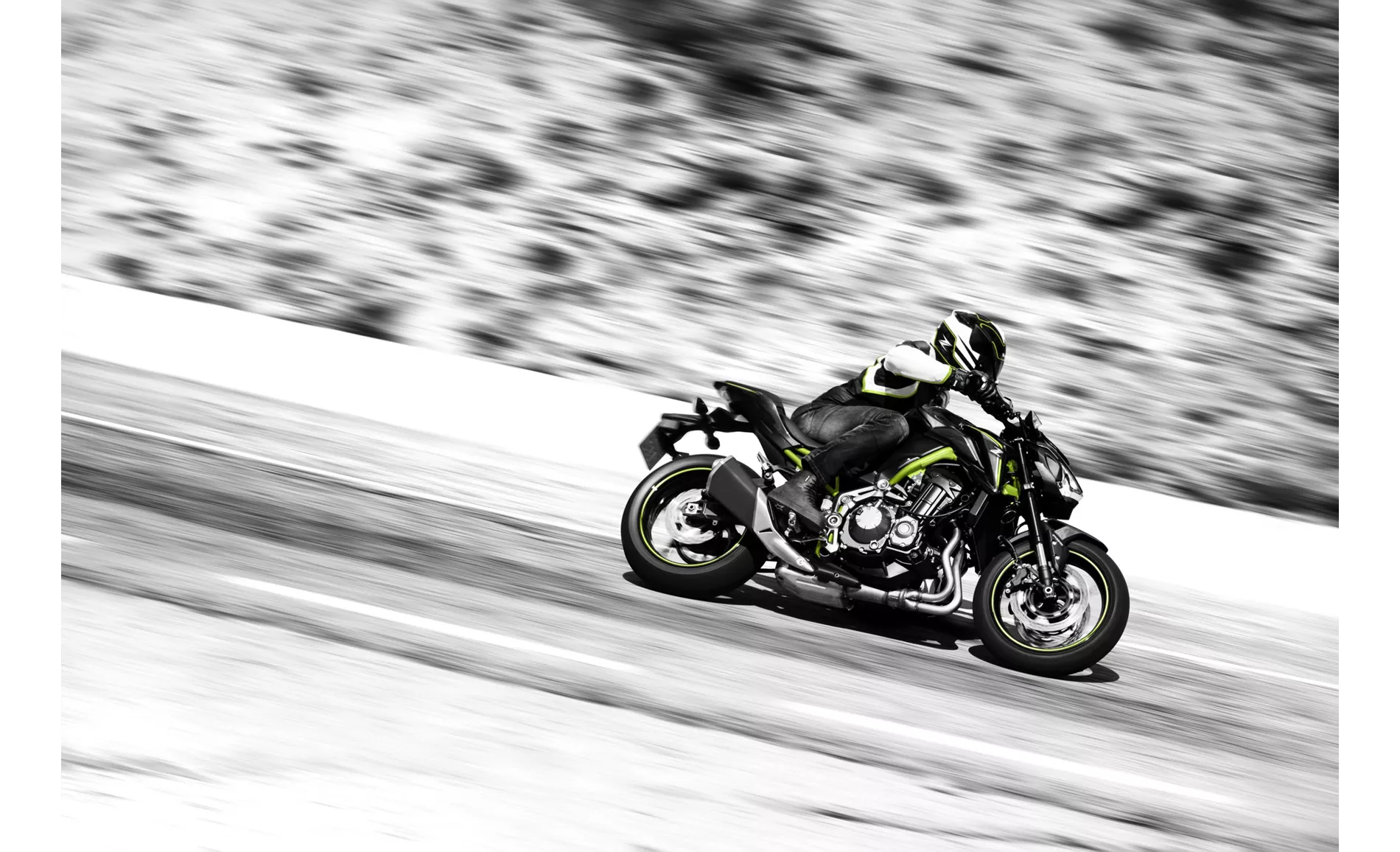
Kawasaki Z900 2018
In terms of suspension, the Z900 2018 is equipped with a telescopic upside-down fork at the front and a swingarm with a monoshock at the rear. The Z650 2020 also features a telescopic front suspension and a swingarm with a monoshock, but it lacks the recovery adjustment feature found on the Z900.
Both bikes have steel frames, but the Z900 has a double-cradle frame, while the Z650 has a tubular frame. This difference in frame design may affect the overall stability and handling of the bikes.
When it comes to braking, both models have dual disc brakes at the front with a diameter of 300mm. However, the Z900 has four-piston calipers, while the Z650 has dual-piston calipers. Both bikes feature petal technology for improved braking performance. Additionally, both models come with ABS as an advanced rider assistance system.
In terms of dimensions, the Z900 has a wider front tire at 120mm compared to the Z650's 160mm. The rear tire width is 180mm for the Z900 and 160mm for the Z650. The Z900 has a longer wheelbase of 1450mm compared to the Z650's 1410mm. The seat height is slightly lower on the Z650 at 790mm compared to the Z900's 795mm. The Z650 is also lighter, weighing 187.1kg compared to the Z900's 210kg.
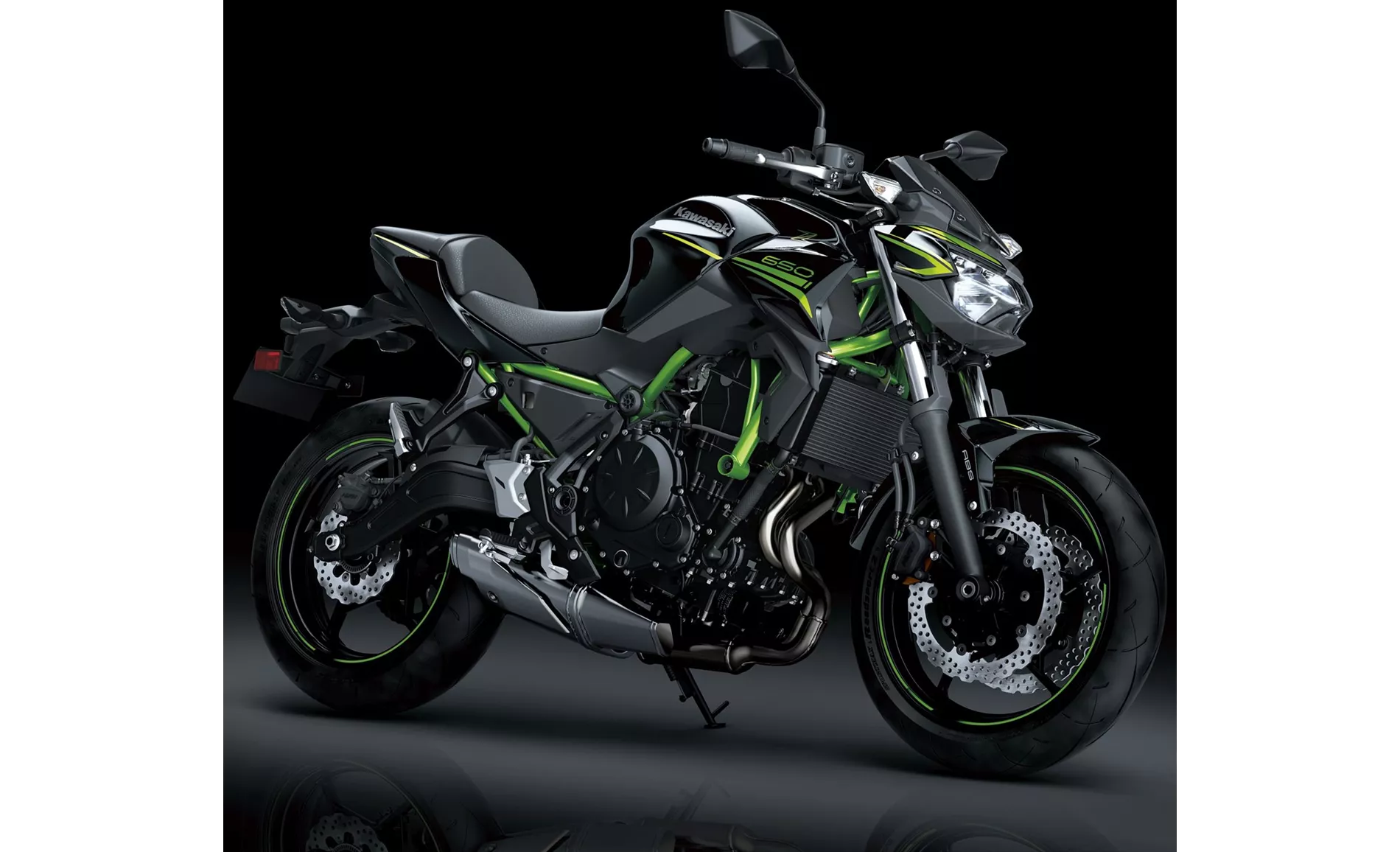
Kawasaki Z650 2020
In terms of strengths, the Z900 2018 is praised for its powerful and smooth engine, excellent sound, elegant and sporty appearance, low seating position, and easy handling and maneuverability. On the other hand, the Z650 2020 is appreciated for its powerful two-cylinder engine, aggressive intake noise, compact dimensions, low seat height, stable chassis, TFT screen with connectivity, and mature appearance.
However, both models have their weaknesses. The Z900 lacks traction control, and the knee angle may become tiring for taller riders over long periods. The Z650 has a point of pressure on the front brake, may be uncomfortable for taller riders, and the Rideology application is not fully sophisticated.
In conclusion, the Kawasaki Z900 2018 and the Kawasaki Z650 2020 are both impressive naked bikes from Kawasaki, but they have distinct differences in terms of power, features, and specifications. The Z900 offers more power and a higher level of sophistication, while the Z650 is more compact and has a more aggressive appearance. Riders should consider their preferences and priorities when choosing between these two models.
Technical Specifications Kawasaki Z900 2018 compared to Kawasaki Z650 2020
Pros and Cons in comparison
Pros and Cons in comparison
Kawasaki Z900 2018
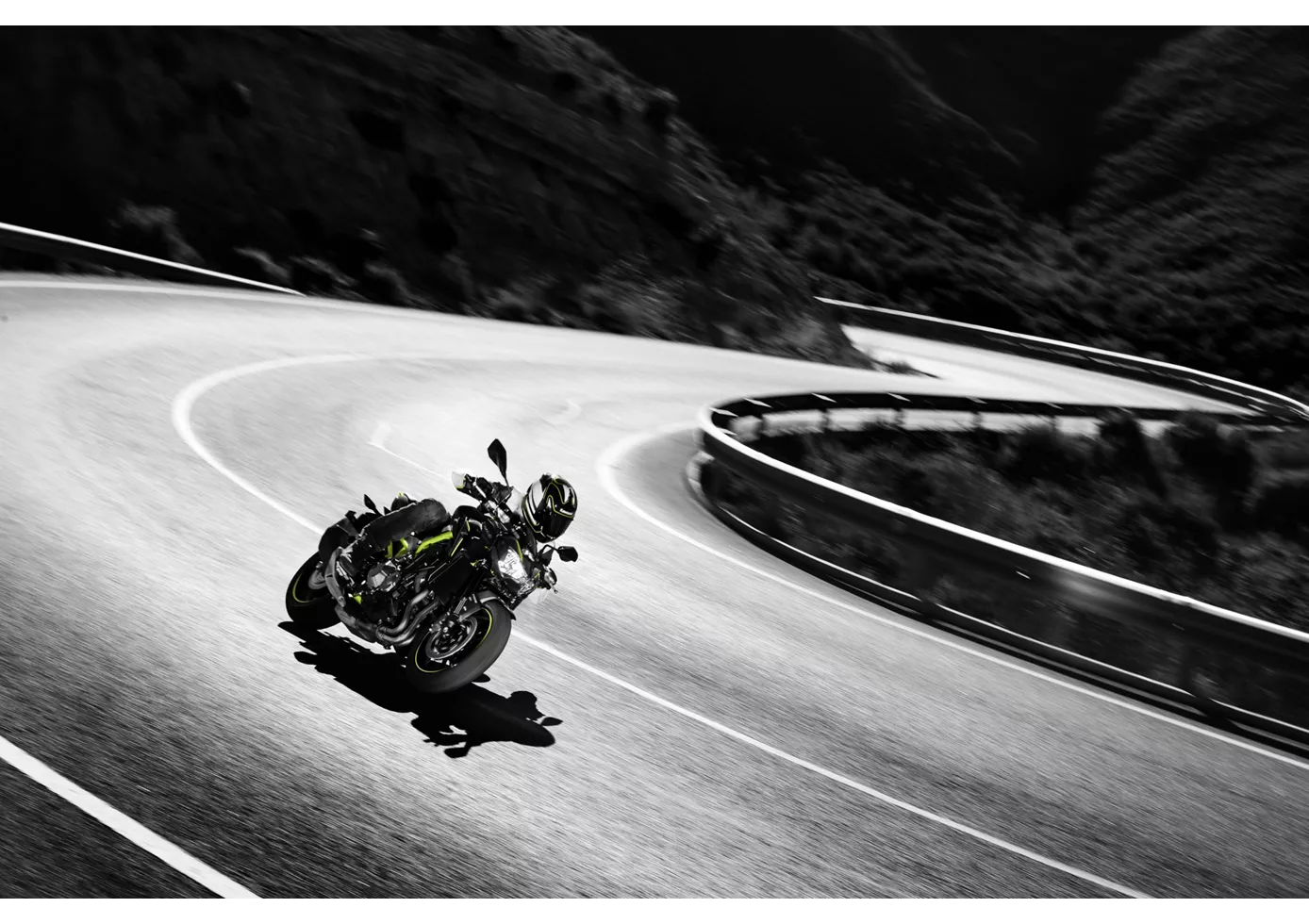
No disputadíssimo segmento das motos naked, a Z900 joga mesmo na frente. Acima de tudo, o seu motor é absolutamente fantástico, funciona de forma incrivelmente sedosa e oferece uma potência rica em todas as rotações - como convém a um quatro cilindros japonês. O seu aspeto desportivo e agressivo corresponde a isto. Não necessita de sinos e assobios electrónicos, mas ainda assim transmite muita confiança quando segue as curvas, trava e acelera. O assento baixo é especialmente benéfico para os condutores mais pequenos, mas os condutores mais altos podem sentir falta de um ângulo de joelho mais plano em longas distâncias. O baixo peso e a compacidade tornam a Z900 particularmente ágil e fácil de manusear. Um canhão desportivo que também é extremamente apelativo em termos de preço
Kawasaki Z650 2020
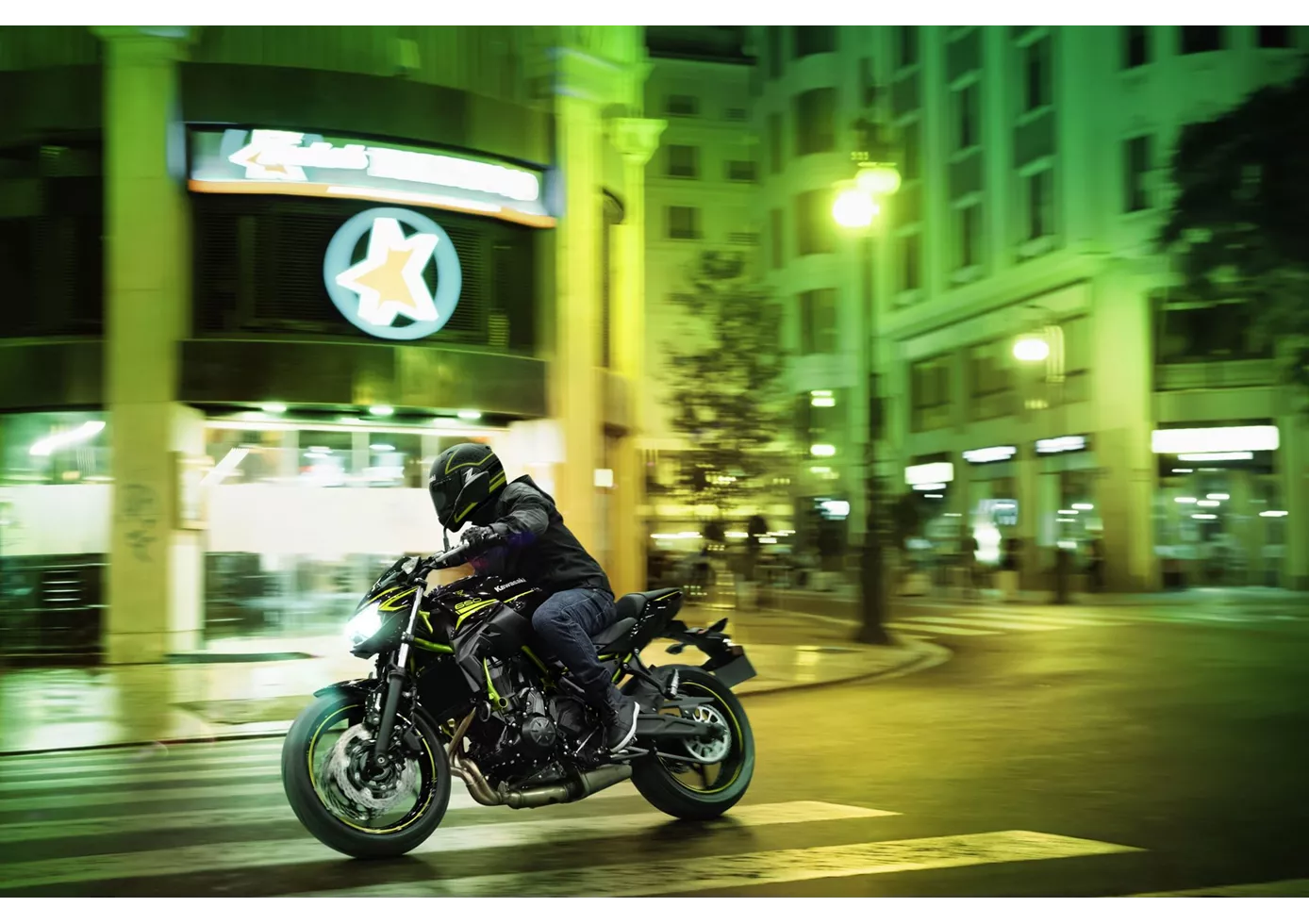
É simplesmente maravilhoso o que a Kawasaki juntou num pacote completo com a nova Z650. Os componentes técnicos podem não impressionar individualmente, mas em conjunto formam uma mota agradavelmente neutra que todos irão apreciar. Não há idiossincrasias desagradáveis - simplesmente uma mota naked que funciona muito bem em estradas rurais sinuosas. Claro que o ecrã TFT, que não encontramos na concorrência neste momento, é uma mais-valia, tal como o aspeto adulto, que está fortemente orientado para os modelos Z maiores. Apenas o ponto de pressão do travão dianteiro poderia ter sido mais claramente definido - mas não se pode ter tudo nesta gama de preços.
Price Comparison Avarage Market Price Kawasaki Z900 vs Kawasaki Z650
There are a few key differences between a Kawasaki Z900 2018 and a Kawasaki Z650 2020. In terms of price, the actual average price of a Kawasaki Z900 2018 is about 38% higher. A Kawasaki Z900 2018 experiences a loss of 790 EUR in one year of ownership. This is offset by a loss of 40 EUR for a Kawasaki Z650 2020. Compared to Kawasaki Z650 2020 there are more Kawasaki Z900 2018 bikes available on the 1000PS.de Marketplace, specifically 55 compared to 21. It takes less time to sell a Kawasaki Z650 with 80 days compared to 112 days for the Kawasaki Z900. Since model year 2017 1000PS.de editors have written 46 reviews for the Kawasaki Z900 and 31 reviews for the Kawasaki Z650 since model year 2017. The first review for the Kawasaki Z900 was published on 11/11/2016 and now has more than 93 200 views. This compares to more than 25 000 views for the first review on Kawasaki Z650 published on 08/11/2016.
